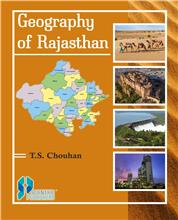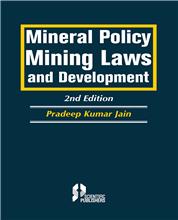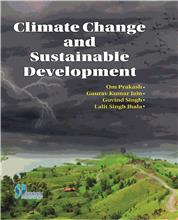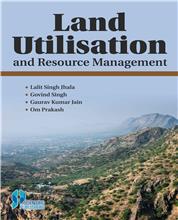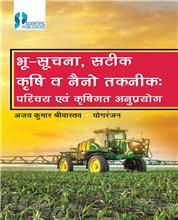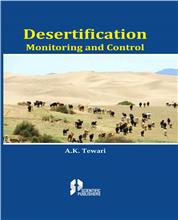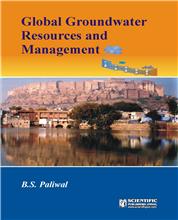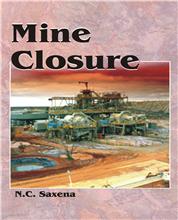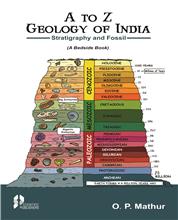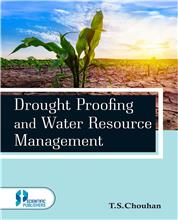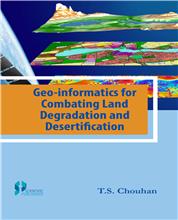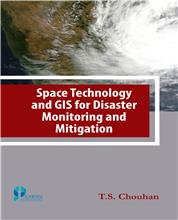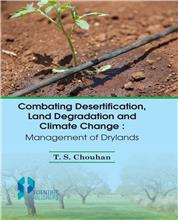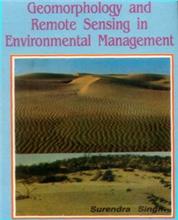Globe is prone to many natural and manmade disasters every year and thus possesses a physical and economical crisis for human being. If nothing is prepared it will difficult to deal with the many challenges following a disaster. Disaster management is a multidisciplinary area, covering a wide range of issues such as monitoring, forecasting, evacuation, search and rescue, relief, reconstruction and rehabilitation. The management aspects like activities, awareness and use of state of art technology can play an important role in the minimization of its impact on people and their properties. The foremost aim of writing this book is to empower the students by providing the basic and general knowledge, services to be rendered in a disaster situation. The framework of disaster management at national, state and district level is facilitates their role and responsibilities to be undertaken in disaster situation is described including the policy, planning, organizational, operational, and other matters. The book covers all the task of implementation of the initiative of inculcating the culture of preparedness in the community as they are the first responders in case of a disaster.
The book includes, what, how, when and by whom what should be done before, during and after a disaster takes place. The book highlights the impacts of disasters on life and economy and provides concise information for their management. The monitoring, forecasting of many natural disaster and role of ministry and departments are explained in this text book. How the rescue and rehabilitation to be undertaken to fulfill the day to day need of affected people is also provided. To comprehend the reading more lucid the book has been divided into different chapters. The book will be of interest to students, faculty, community leaders, self-trained disaster managers, social workers, media personnel, bureaucrats and citizen. It will be an asset to any student who are pursuing a degree or appearing for any competitive examination.




